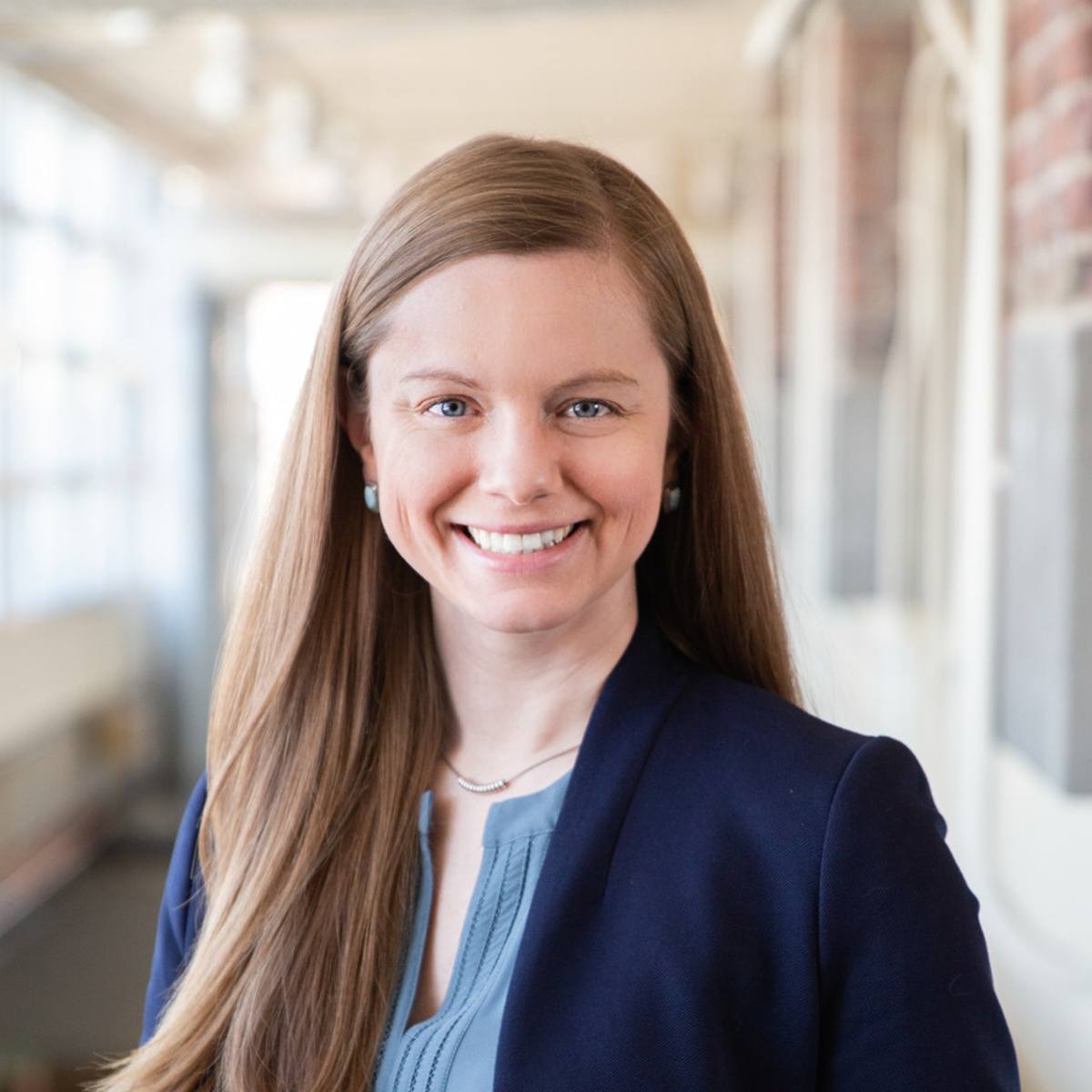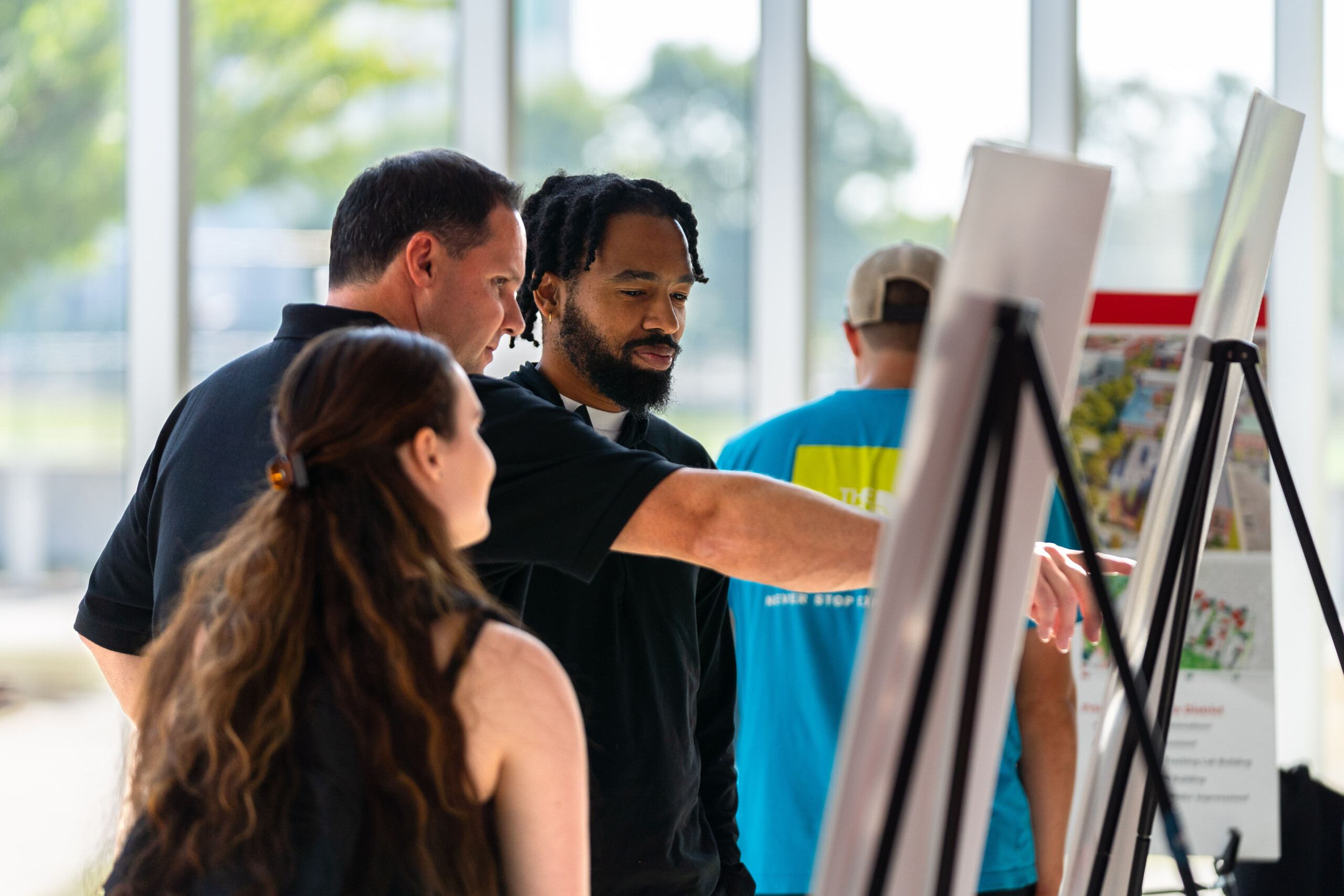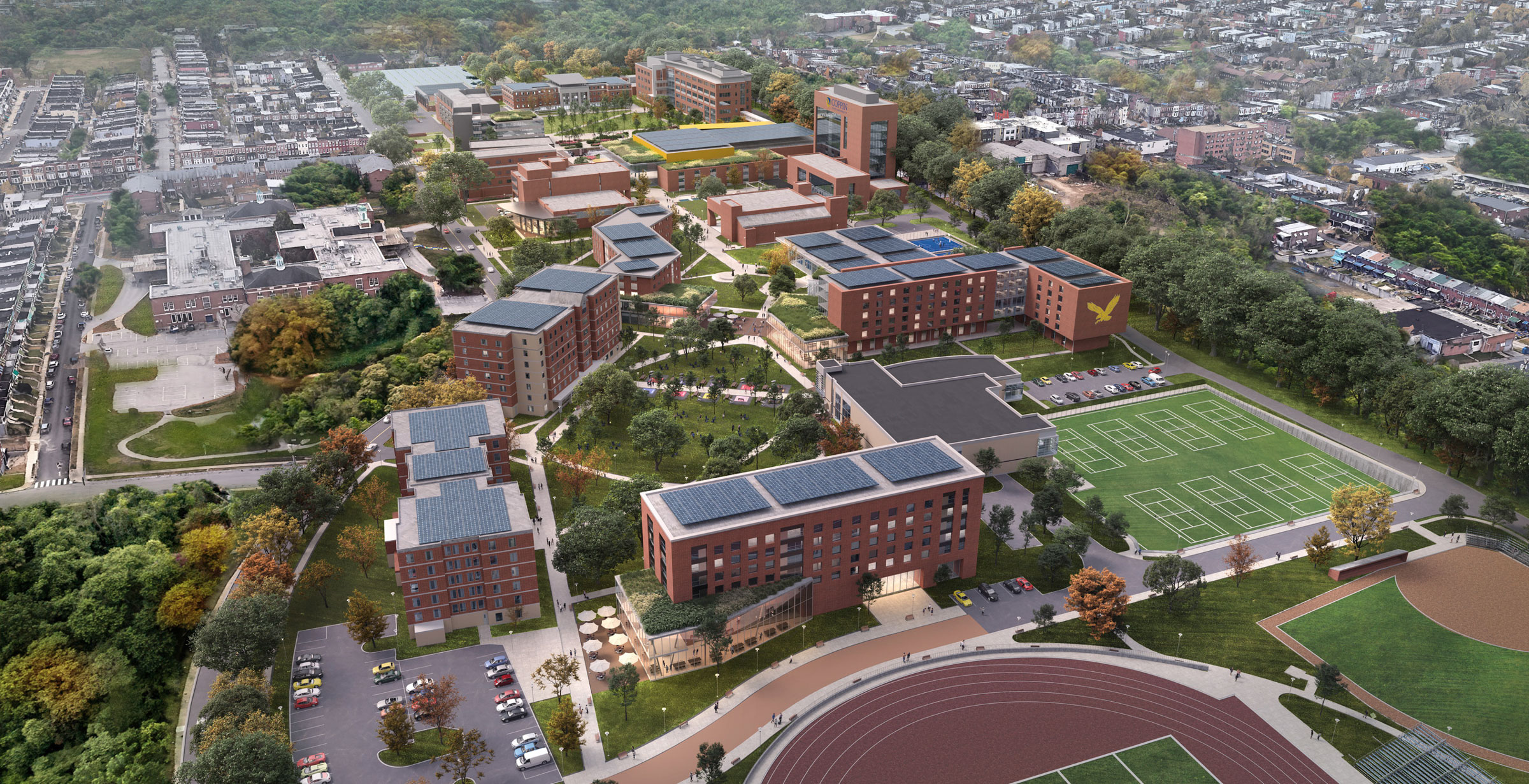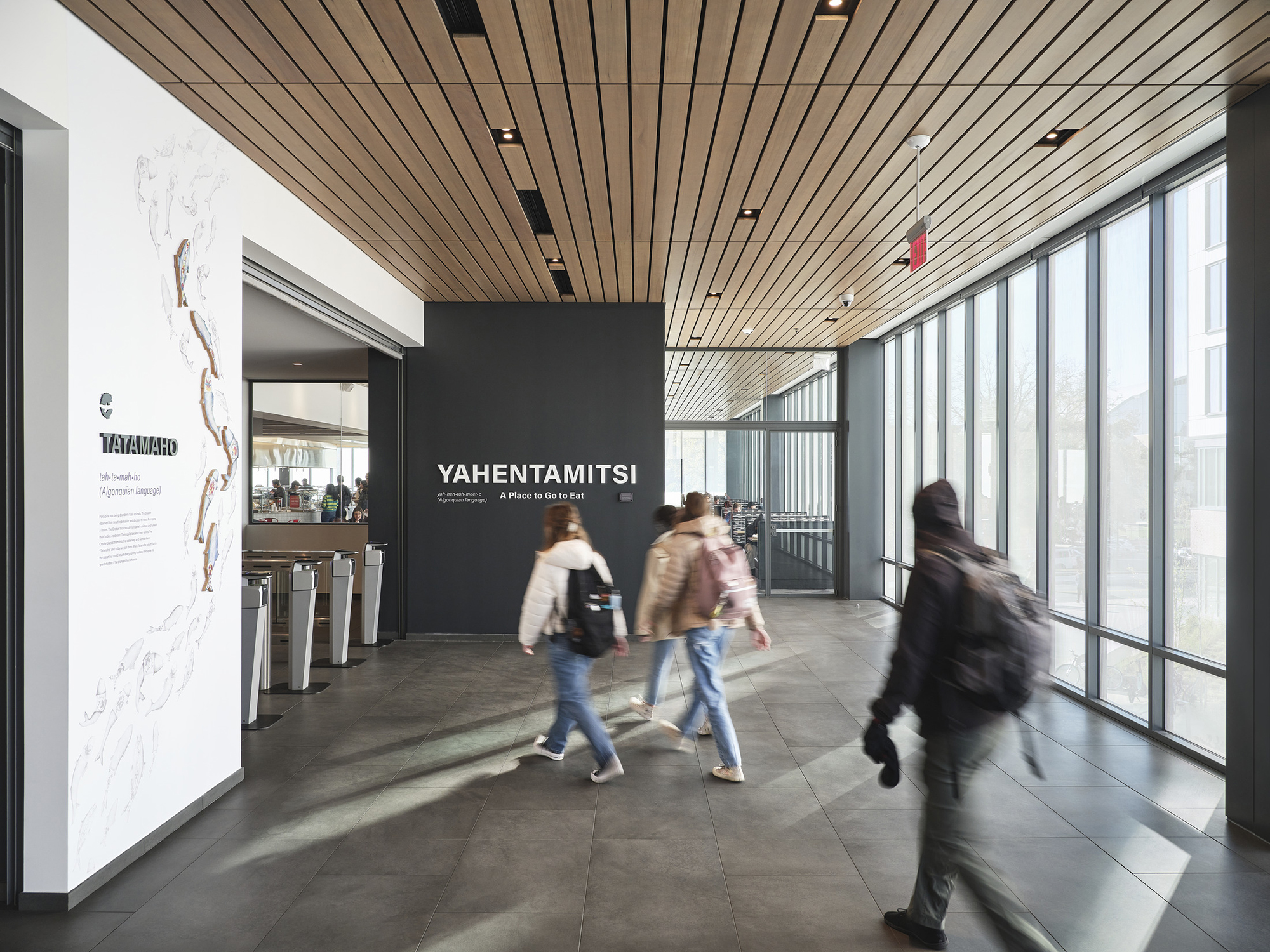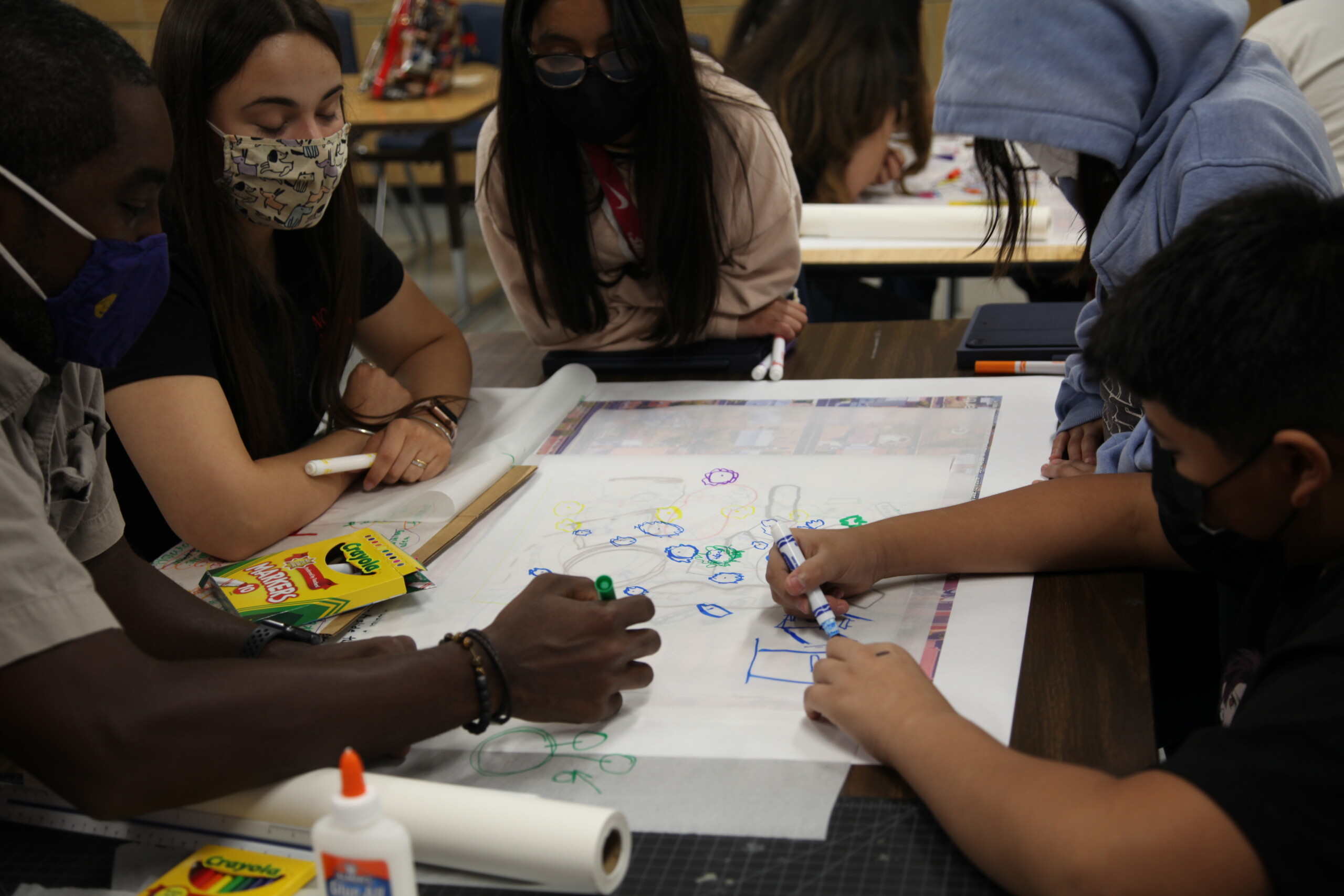As planners and designers, we hope our work results in places of enduring value. And our definition of “enduring value” must be amalgamated with the definitions of our clients, their communities, and the stakeholders who will live and work in those places. We have to listen to and learn from many voices who will be affected by the project to know exactly who and what we are designing for. In other words, we have to engage.
Developing an engaged planning process is far more than throwing together a bunch of questions into an online survey. It requires careful consideration and facilitation. Successful engagement not only informs our work, but it also incorporates additional collaborators in a way where they are invested and have ownership of the resulting design or plan. Through that shared understanding we achieve a better alignment of resources for our clients and their communities.
Each stakeholder engagement is an opportunity to nurture the relationship between that stakeholder and the client. We create an inclusive setting for engagement and gather information about the project in a way that respects the past and present of the relationship as well as the long-term success of the client’s facilities. For longer engagements such as forums or workshops, that could involve designing an experience for the stakeholder participant which starts with sharing initial reactions and evolves into ideation and envisioning possible futures. Stakeholders should leave an engagement opportunity feeling valued and heard.

